Introducing a new cat to your existing pet can be an exciting yet challenging endeavor. Understanding the behavioral science behind pet interactions is crucial to ensure a smooth transition. Cats are territorial animals, and introducing a new member to their domain might disrupt their established routine. Therefore, a measured approach is essential to minimize stress and promote harmonious relationships.
Preparing for the Introduction

Preparation is the first step in ensuring a successful introduction. This includes gathering necessary supplies such as separate food bowls, litter boxes, and bedding for the new cat. A well-prepared environment helps both animals feel secure and reduces territorial disputes. Consider setting up a separate space exclusively for the new cat to settle in initially.
Creating a Controlled Environment
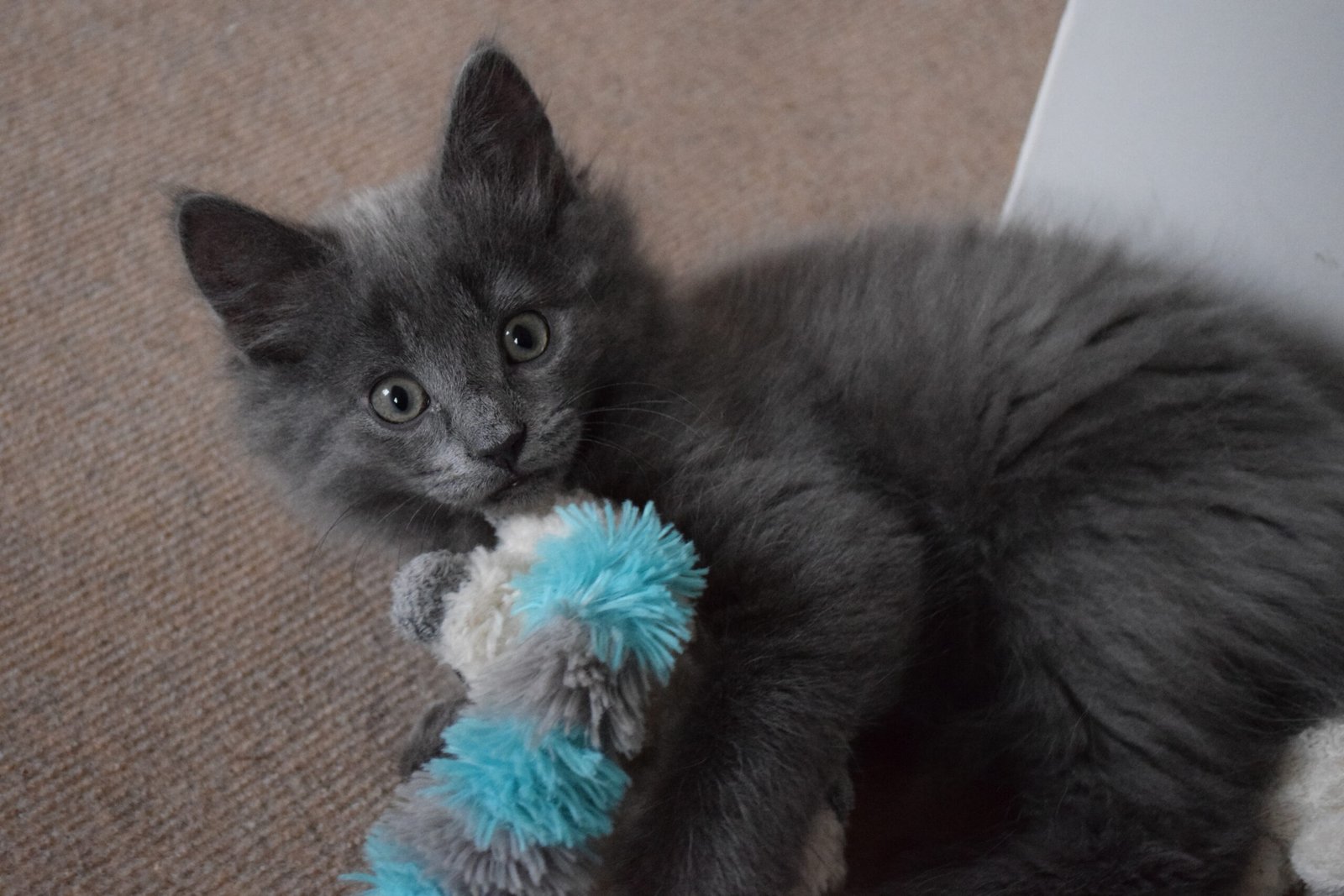
Setting up a controlled environment where the new cat can acclimate without direct interaction with your existing pet is crucial. This controlled space serves as the new cat’s sanctuary, allowing them to get used to the smells and sounds of your home in a safe manner. Use this time to observe their behavior and ensure they are comfortable in this new environment.
Implementing a Gradual Introduction
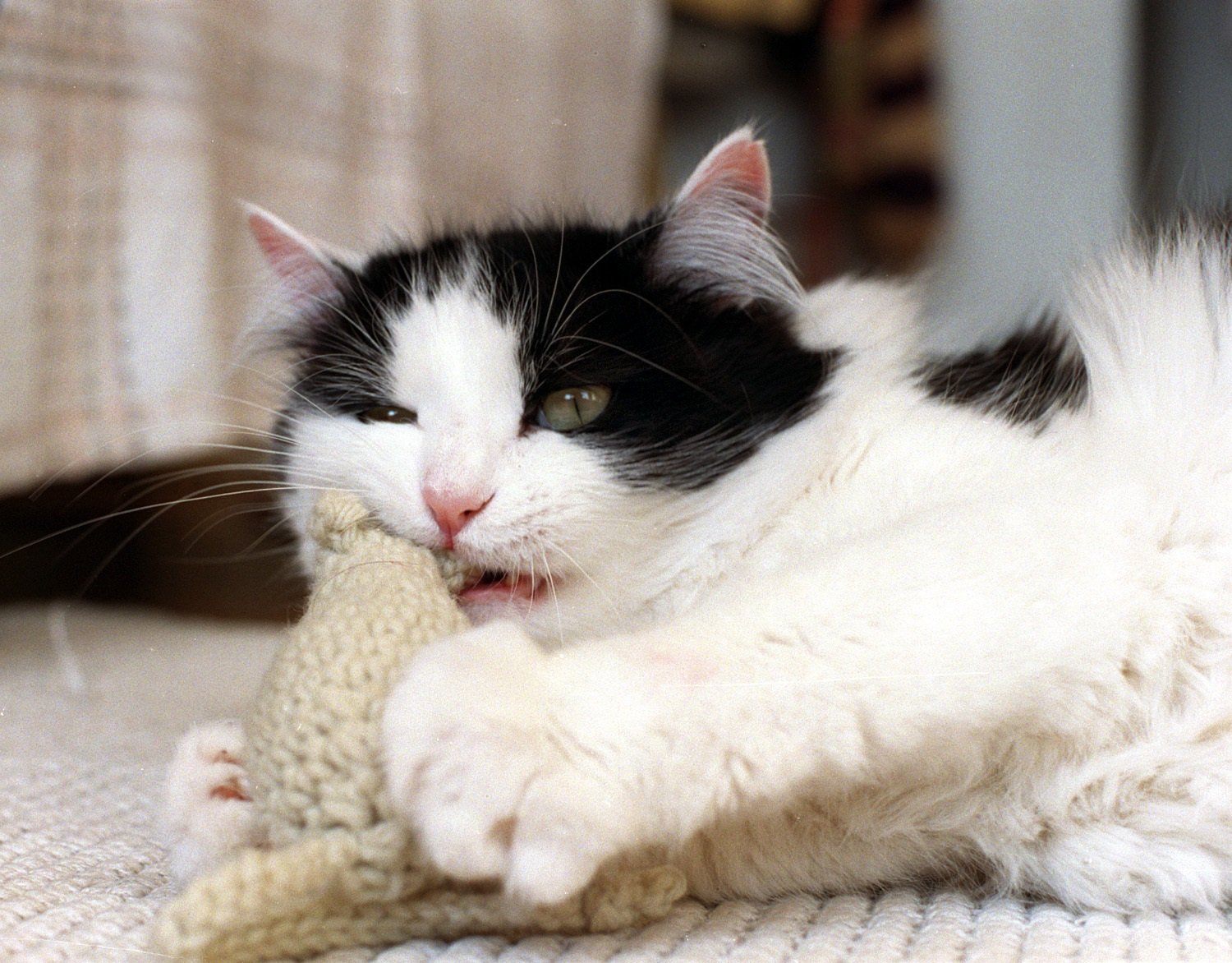
A gradual introduction process helps manage the pets’ stress levels and reduces the risk of negative interactions. Begin by allowing them to sniff each other’s scents through a closed door. Swap their bedding or use a soft cloth to exchange their scents, helping both animals get familiar with each other without face-to-face contact.
Building Positive Associations

Building positive associations between the new cat and the existing pet is crucial. Use treats and praise to reward calm behavior when both pets are aware of each other’s presence. This positive reinforcement can create a desirable association between the presence of the new cat and receiving rewards, promoting peaceful coexistence.
Conducting Supervised Meetings
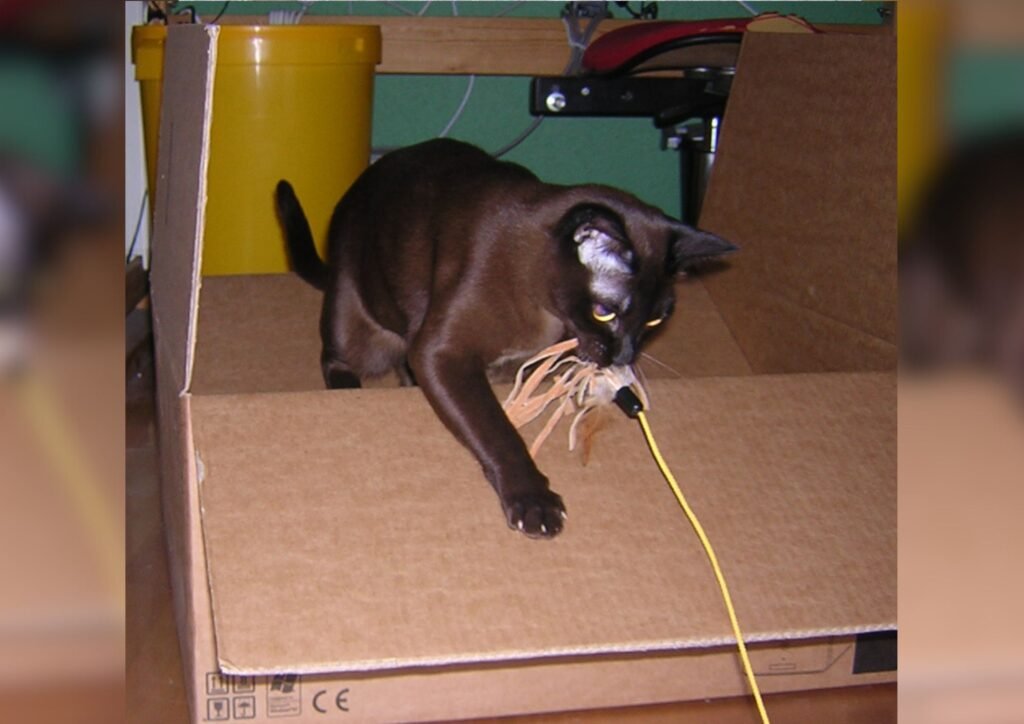
Once both pets appear relaxed with the scent exchange, conduct supervised meetings within a neutral territory. Keep these initial meetings short and positive. Toys or treats can act as distractions, keeping their focus away from each other. Gradually increase the duration of these interactions as they become more comfortable in each other’s presence.
Monitoring Body Language
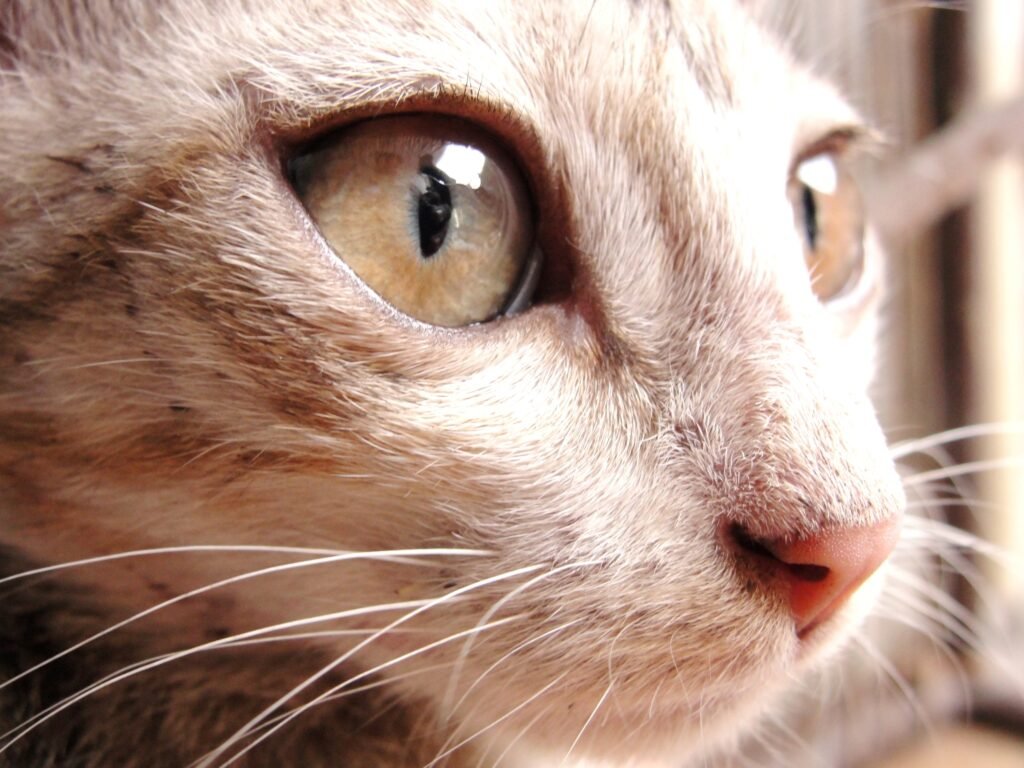
Understanding and interpreting pet body language is vital during the introduction process. Watch for signs of stress or aggression, such as hissing, growling, or flattened ears in cats, and stiff postures or excessive barking in dogs. If you notice any of these signs, it might be necessary to slow the process or return to previous steps.
Addressing Behavioral Challenges
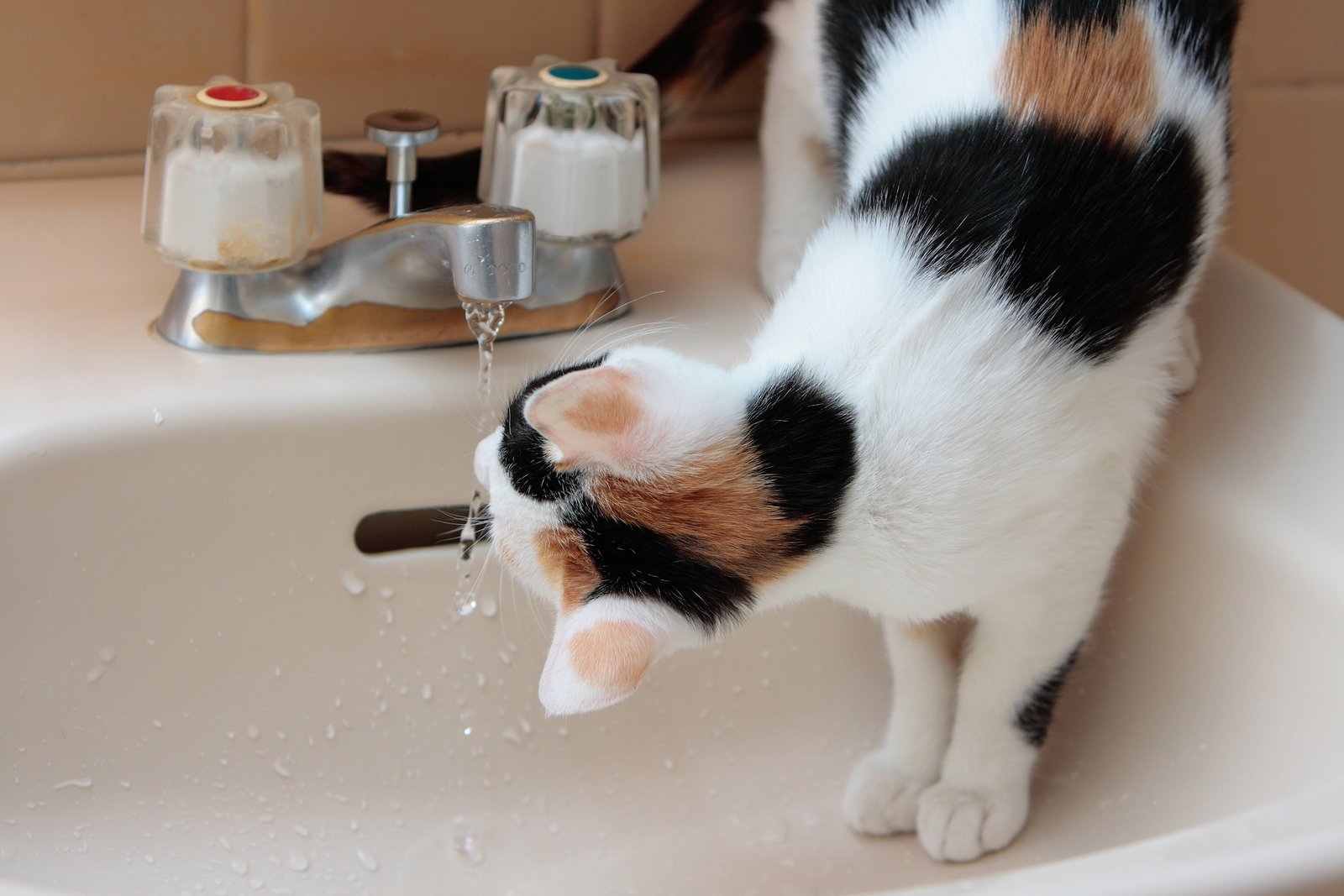
If behavioral challenges arise, such as persistent aggression or fear, patience and possibly seeking professional guidance are key. Consulting with a veterinarian or an animal behaviorist can provide tailored strategies to address specific issues, ensuring a smoother introduction process.
Managing Expectations
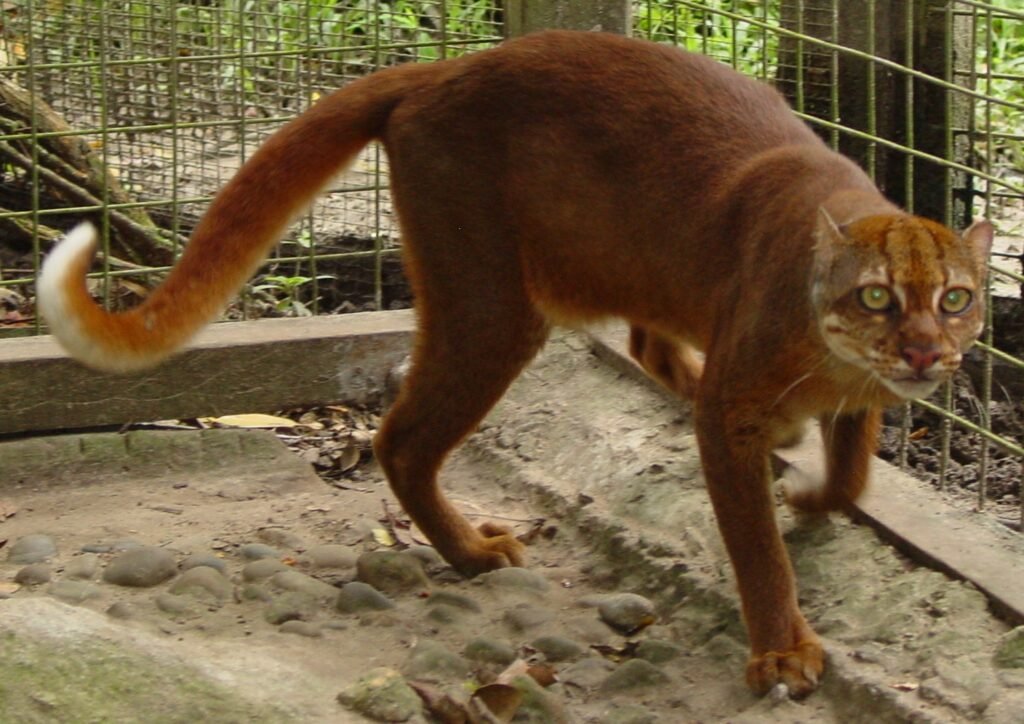
Every pet is unique, and the integration process may vary in length and complexity. While some cats and dogs may become fast friends, others might simply coexist peacefully without forming a close bond. Managing expectations will help you remain patient and persistent throughout the process.
Conclusion: Celebrating Progress
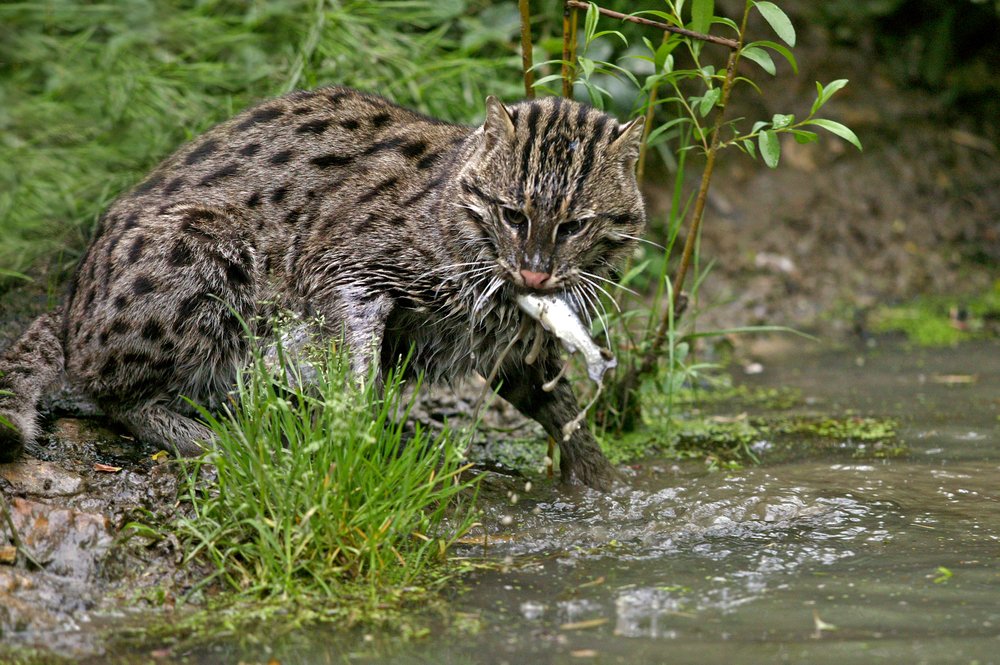
Successfully introducing a new cat to your existing pet is a rewarding experience that strengthens the bond within your household. Celebrate small victories and progress made in their relationship, reinforcing positive behavior with treats and affection. With time, patience, and the right approach, your pets can develop a harmonious relationship based on mutual respect and companionship.






